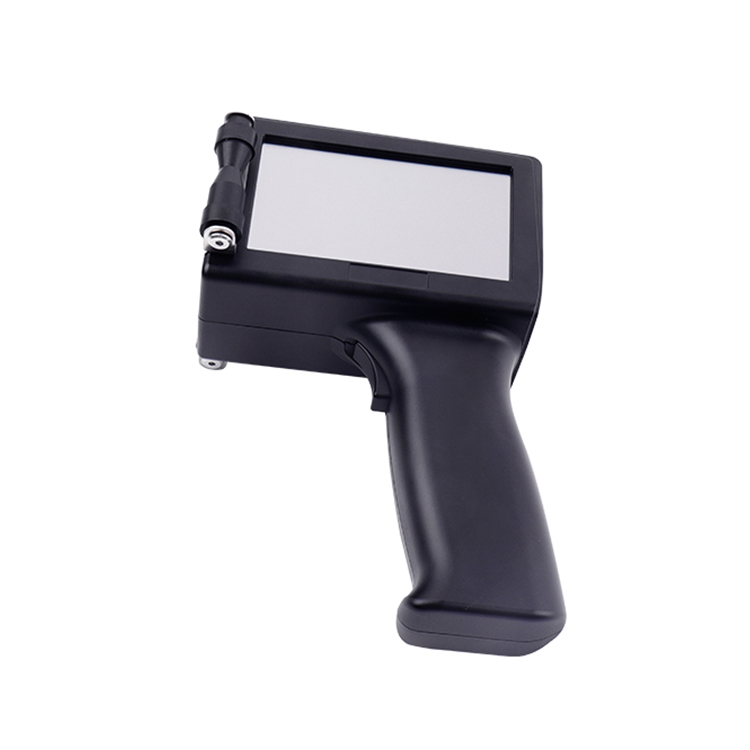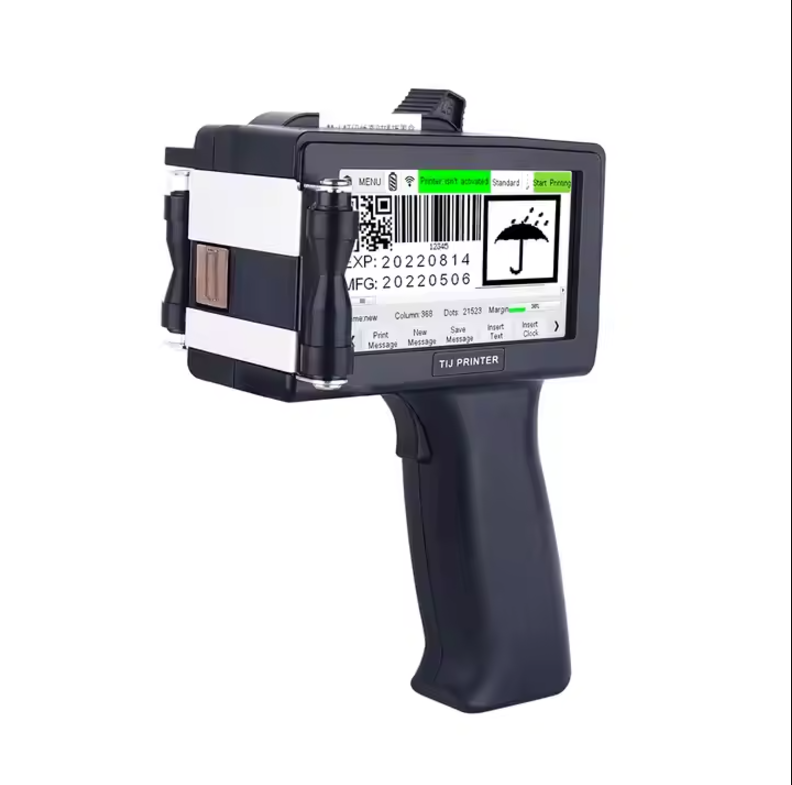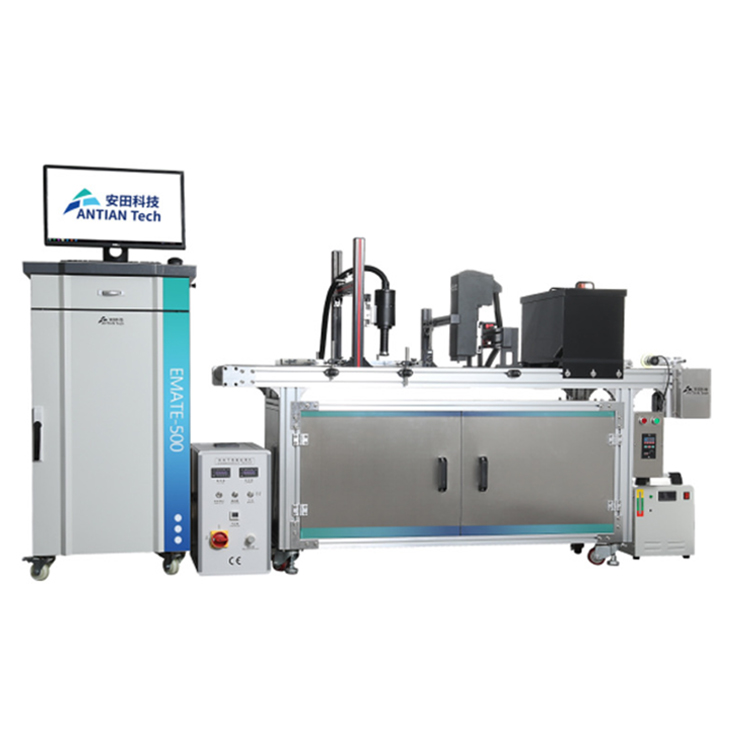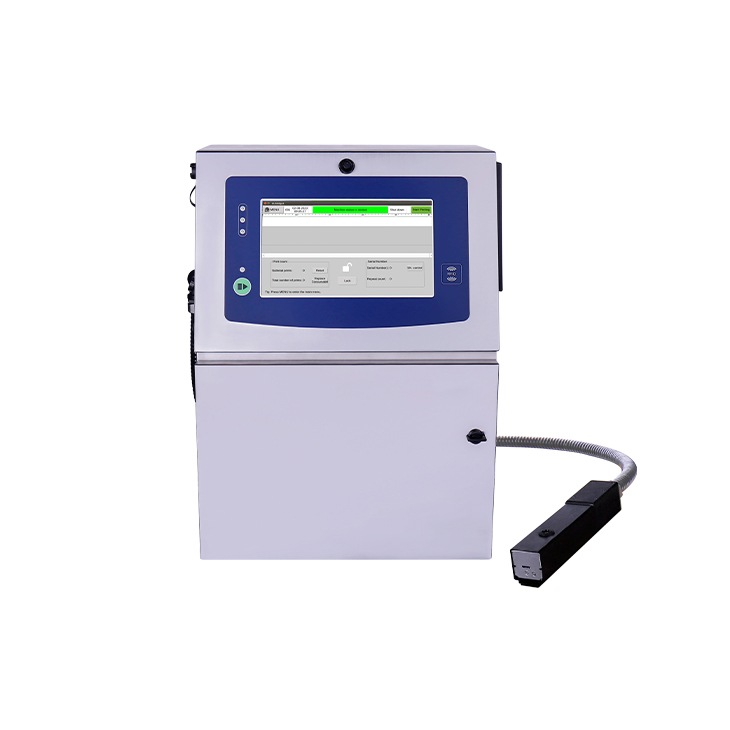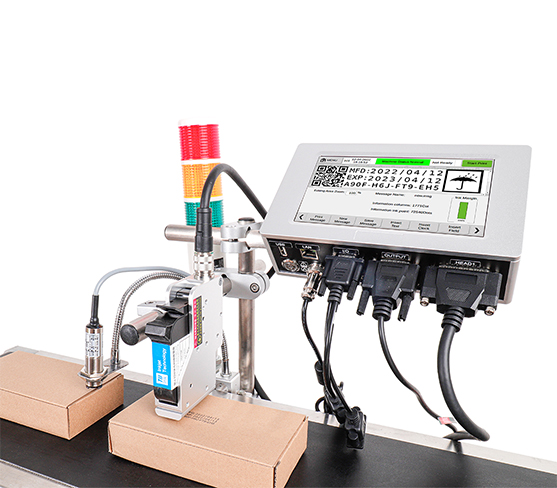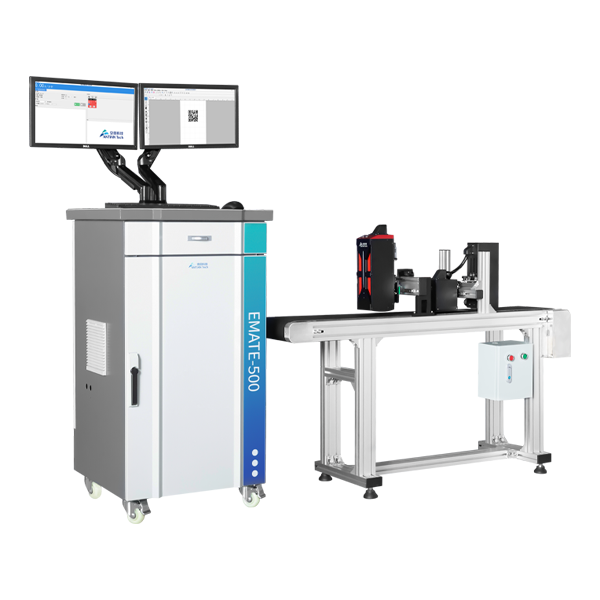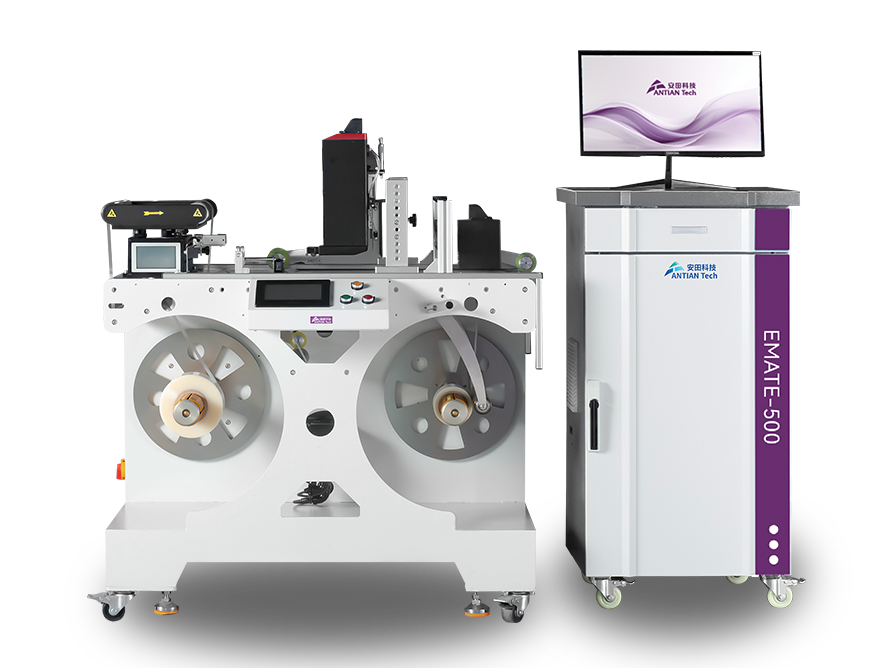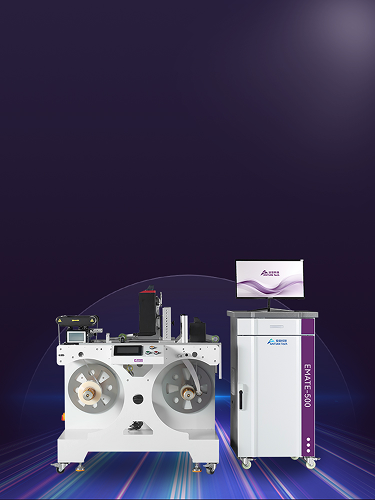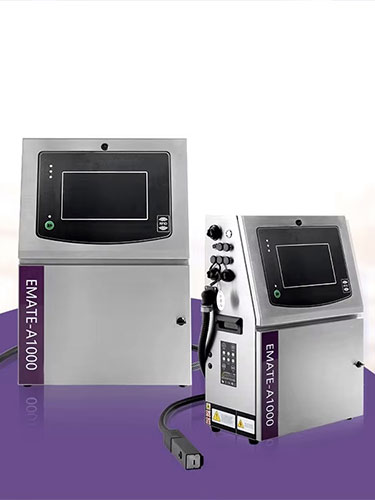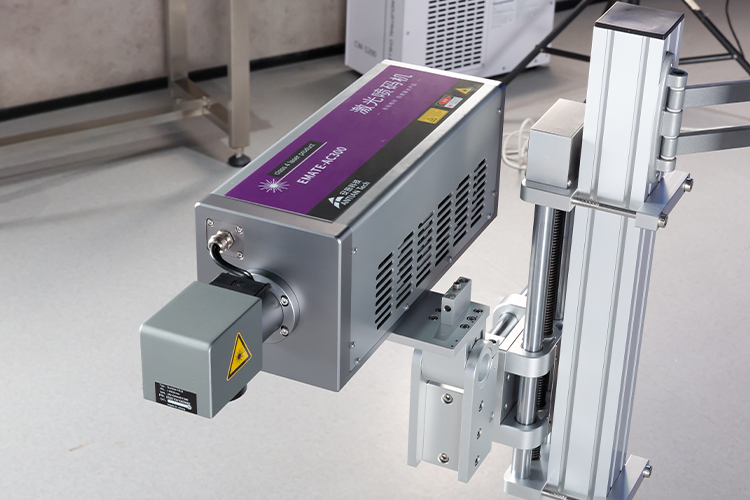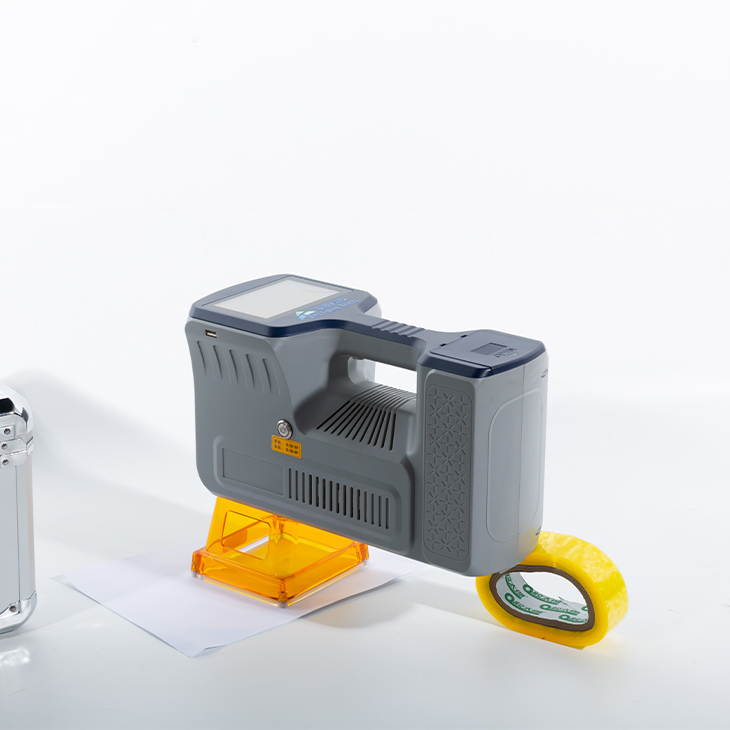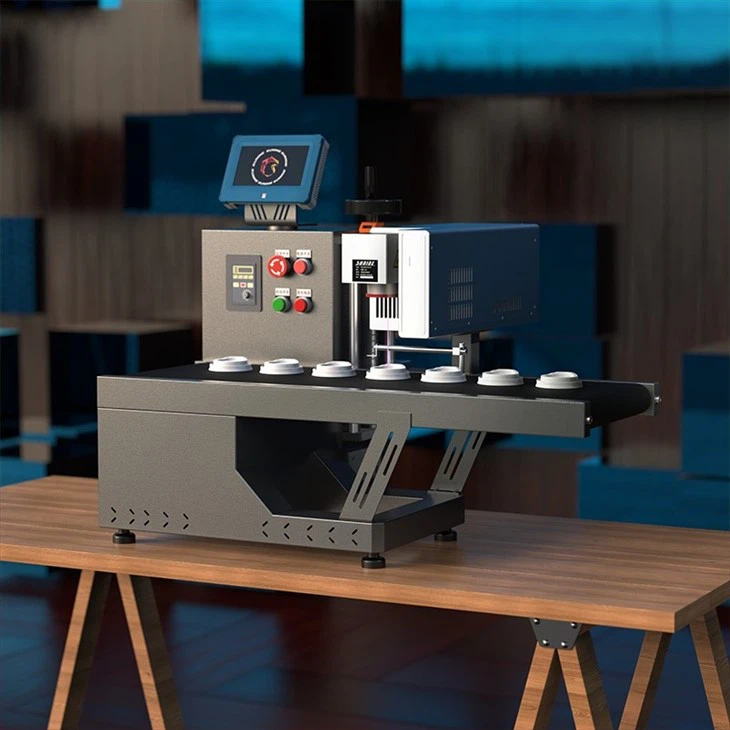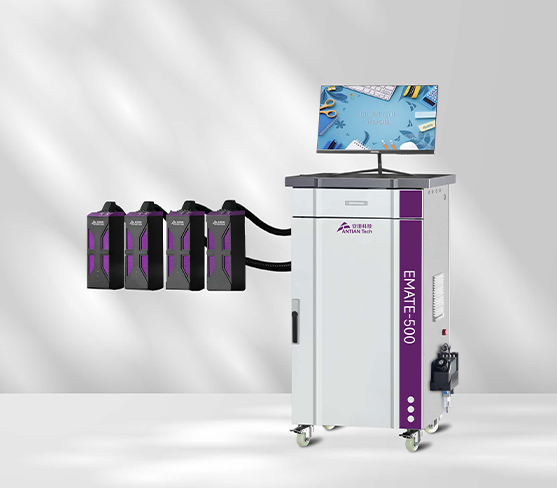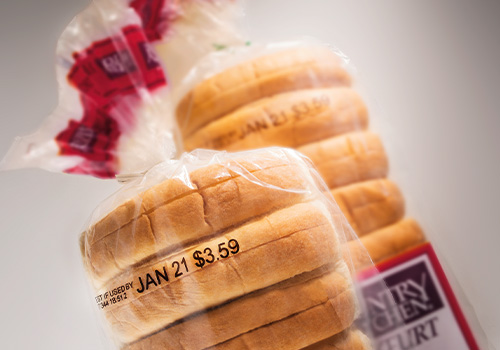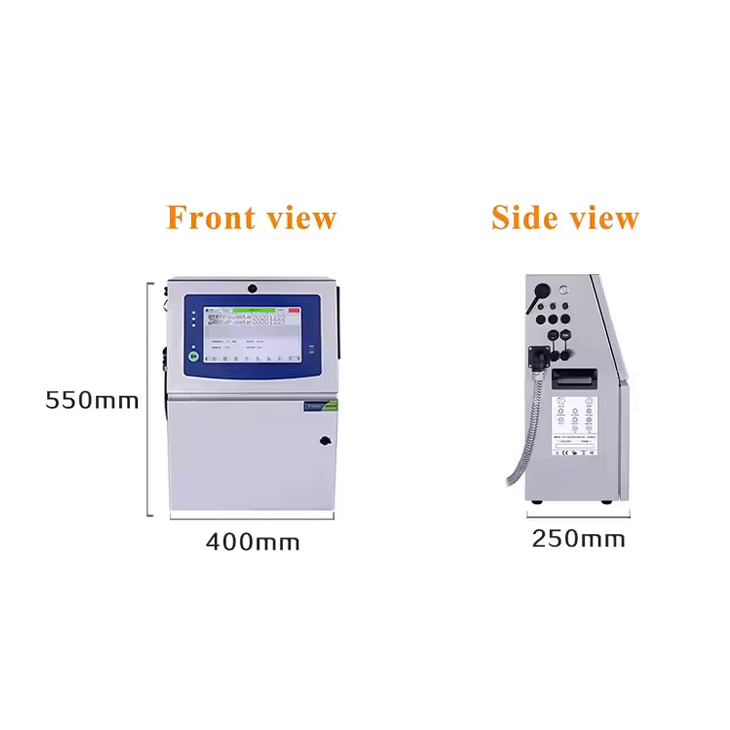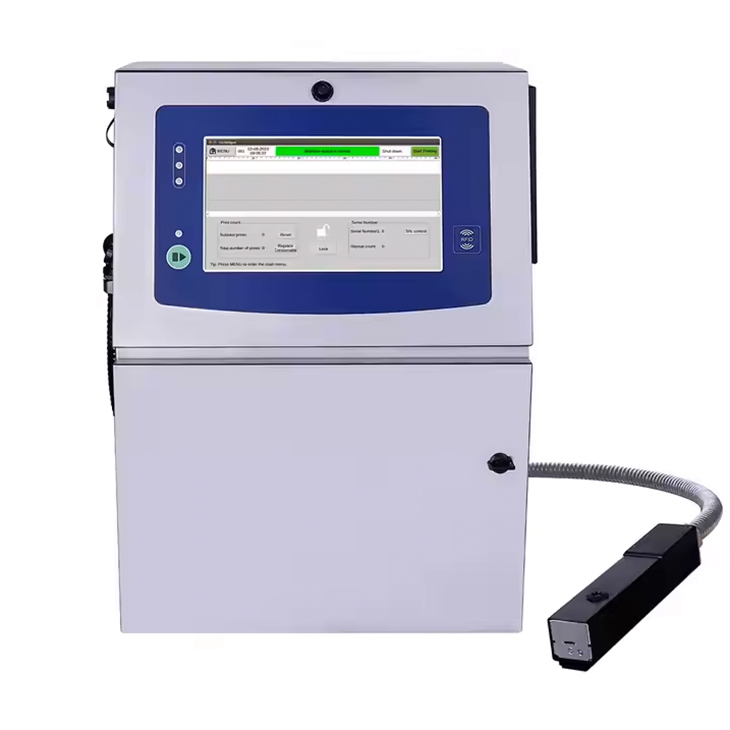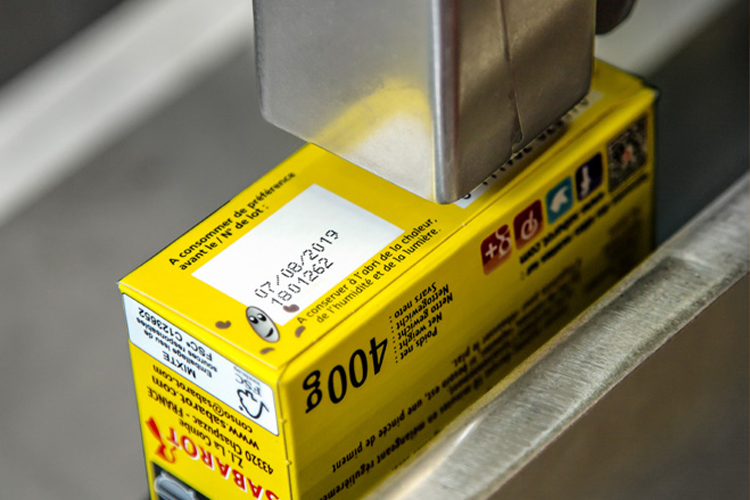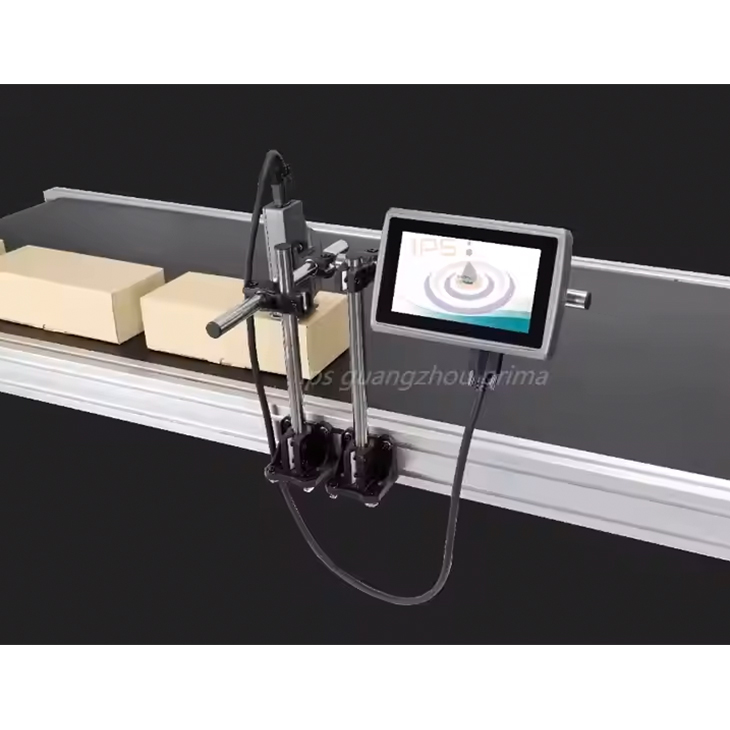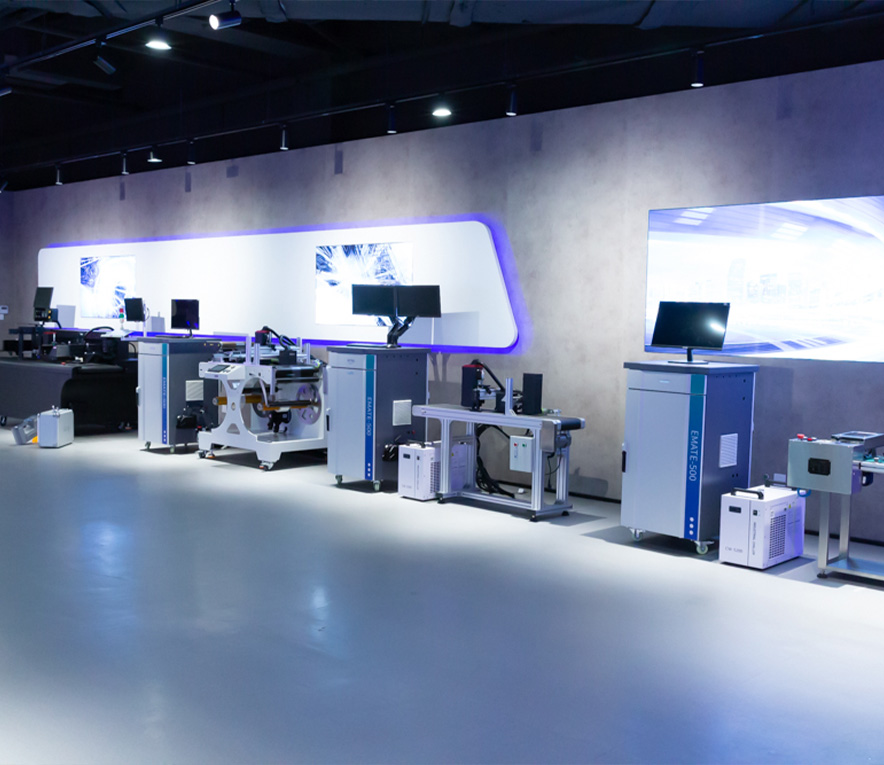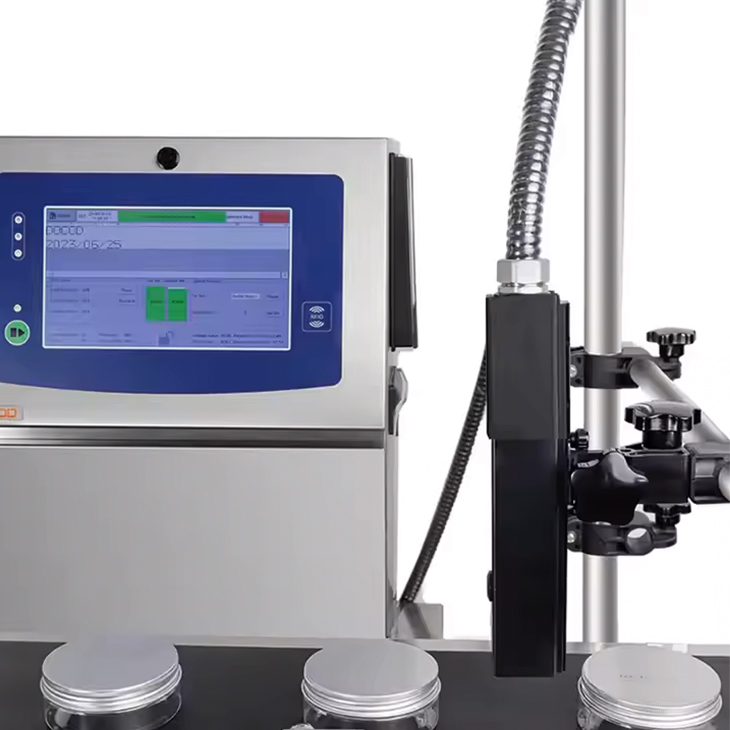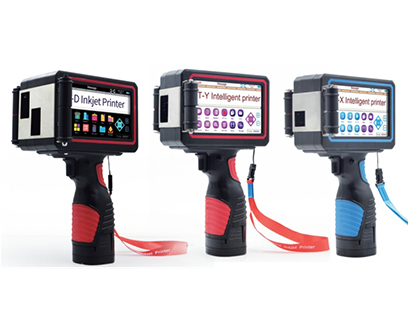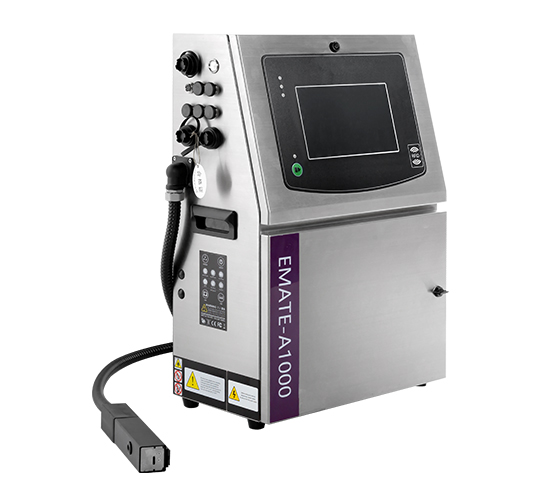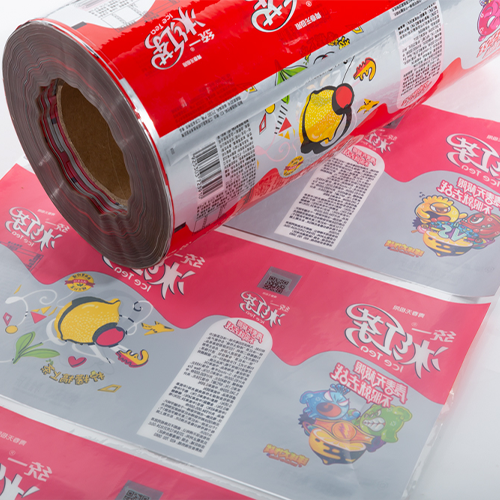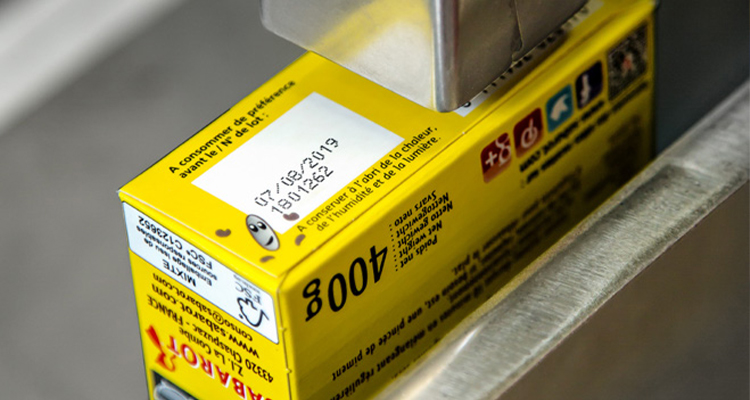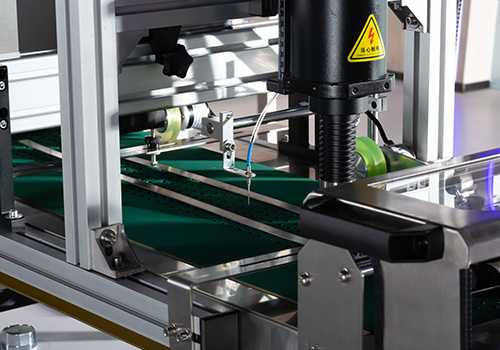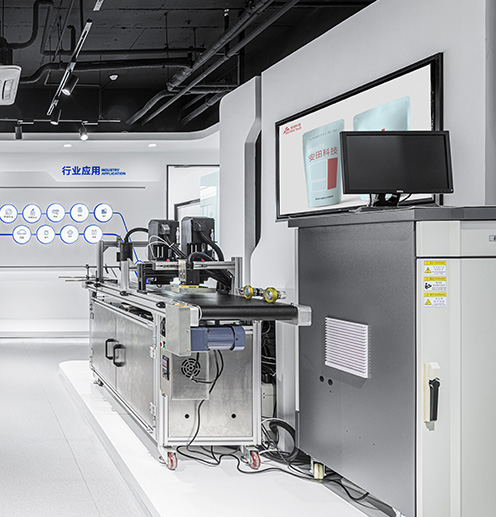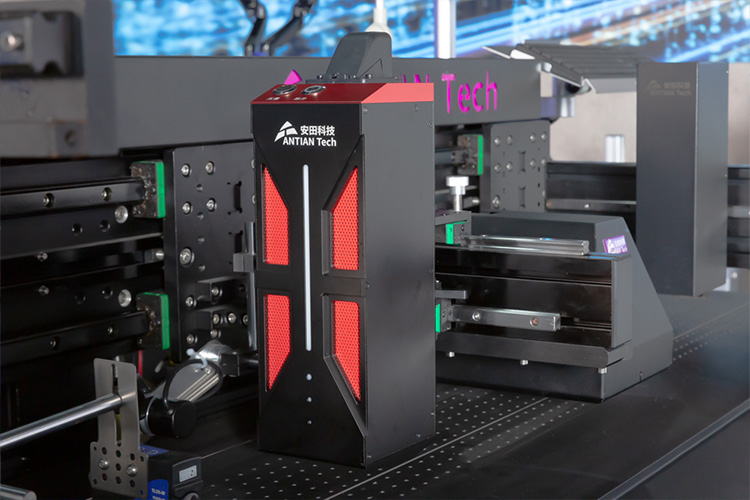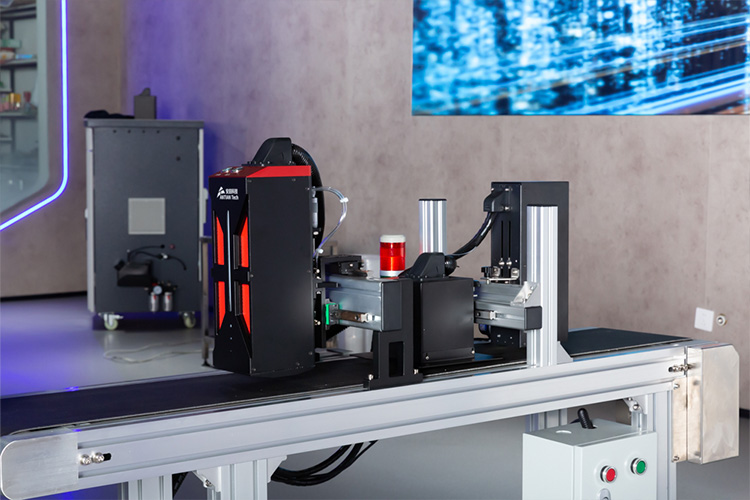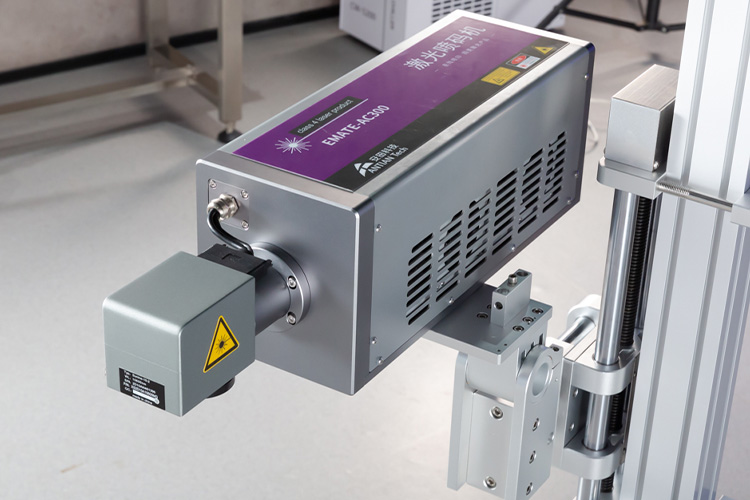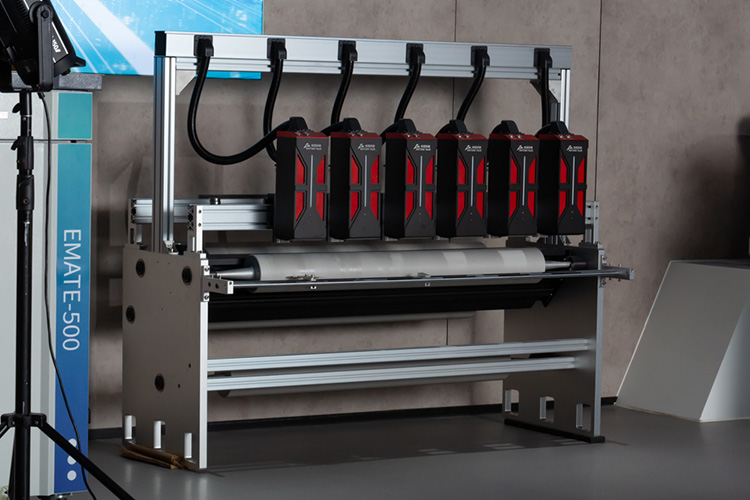Online Inkjet Printer vs Traditional Inkjet Printer: Pros and Cons
Discover the differences between online inkjet printers and traditional inkjet printers. Explore features, print quality, costs, convenience, and which option suits your home or business printing needs.
Printing technology has evolved dramatically over the past decades. Among the available options, online inkjet printers stand out as modern alternatives to traditional inkjet models. Businesses, home users, and creative professionals face many choices when selecting a printer, and understanding the differences between online and traditional inkjet printers is essential for making informed decisions. This article explores their features, advantages, limitations, and practical applications.
Introduction to Online Inkjet Printers
An online inkjet printer is a device connected to the internet, enabling users to send print jobs remotely from multiple devices. Unlike traditional inkjet printers, which rely on USB or local network connections, online models integrate cloud technology. Users can print directly from cloud storage platforms such as Google Drive, Dropbox, Microsoft OneDrive, or email attachments. This capability eliminates the need to transfer files physically between devices, saving time and reducing workflow friction.
Online inkjet printers are particularly beneficial for organizations with multiple offices, remote teams, or employees who frequently travel. They reduce delays in document sharing, enhance workflow efficiency, and allow for centralized management of printing tasks. Many online printers include software for print queue management, usage tracking, and automated maintenance notifications, making them suitable for environments where reliability and uptime are critical. Mobile app integration allows users to initiate printing from smartphones or tablets, catering to modern, mobile work habits.
Key Features of Online Inkjet Printers
Cloud integration enables seamless access to documents stored in online drives. Users can upload files from any location and print without downloading them to a local device, streamlining workflows for teams collaborating across multiple locations. Remote access allows multiple users to submit print jobs without being physically near the printer. This is particularly useful for businesses managing multiple sites or home offices where employees work from different locations.
Automatic updates keep the printer’s firmware and software current, including performance improvements and security patches. Subscription models for ink replenishment are common in online printers, tracking usage and automatically sending replacement cartridges to reduce downtime. Security features such as encrypted connections, authentication, and user-level access control prevent unauthorized printing and protect sensitive data. Multi-user management allows administrators to allocate printing rights, monitor usage, and generate reports, which is particularly helpful in shared office environments. Some advanced models also include environmental monitoring to ensure optimal operating conditions.
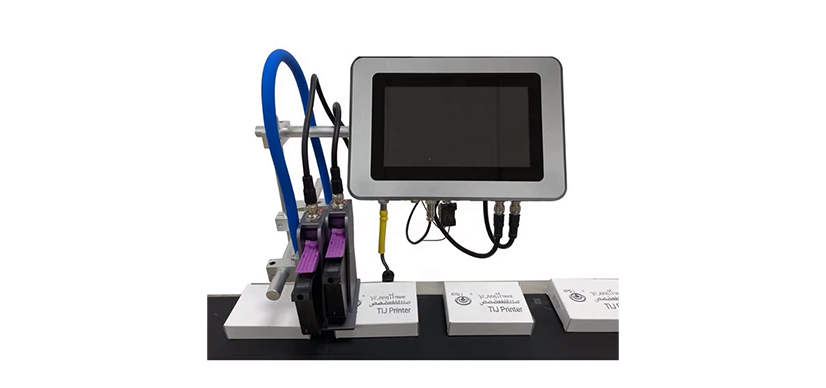
Cost Comparison: Online vs Traditional Inkjet Printers
Cost is a major factor in printer selection. While the initial price of online inkjet printers is often higher, total cost of ownership can be lower due to reduced maintenance and operational efficiencies. Online inkjet printers often include cloud and connectivity features, remote diagnostics, and subscription-based ink services, which contribute to predictable ongoing costs. Traditional inkjet printers usually have lower upfront costs, but their cartridge-based ink system and manual troubleshooting can lead to higher long-term expenses, especially in multi-user environments.
A total cost of ownership analysis reveals that businesses with several employees often need multiple traditional printers to avoid workflow bottlenecks, doubling the initial investment. Ink usage may be higher due to lack of usage tracking, and maintenance downtime can reduce productivity. Online inkjet printers support multi-user access, monitor consumables, and reduce the time spent on troubleshooting, often leading to savings over three years or more.
|
Cost Factor |
Online Inkjet Printer |
Traditional Inkjet Printer |
|
Initial Purchase |
Higher, includes network and cloud features |
Lower, basic standalone model |
|
Ink / Consumables |
Subscription-based, predictable monthly costs |
Cartridge-based, variable cost depending on usage |
|
Maintenance |
Remote diagnostics, firmware updates |
Manual troubleshooting, higher risk of downtime |
|
Multi-user Efficiency |
High – shared printing reduces need for multiple devices |
Low – each printer serves limited users |
|
Energy Consumption |
Often optimized for efficiency |
Depends on usage, may consume more in multi-user scenarios |
Print Quality and Performance
Print quality is critical for both professional and personal use. Online inkjet printers offer high-resolution output, consistent performance, and accurate color reproduction. Modern online models often support DPI settings up to 1200x1200 or higher, ensuring sharp text and clear images suitable for documents, marketing materials, and photographs. Automated maintenance routines and ink management reduce errors like streaks or smudges, while traditional printers may require frequent manual calibration.
Online printers also optimize print queues and network bandwidth, enabling faster output in multi-user environments. Advanced models feature automatic color calibration, producing accurate and consistent colors across different media types. For industrial or high-volume users, online inkjet printers include high-capacity cartridges, predictive maintenance alerts, and durable components, ensuring reliable performance and minimizing downtime.
Convenience and Accessibility
One of the strongest advantages of online inkjet printers is accessibility. Users can print from any device and location, eliminating the need to transfer files manually. Mobile apps for iOS and Android allow print job initiation, status monitoring, and printer management directly from smartphones. Centralized management enables administrators to track usage, allocate quotas, and generate detailed reports. This functionality is essential for shared office environments and multi-location setups, where multiple users rely on the same printer.
Limitations of Online Inkjet Printers
Despite their benefits, online inkjet printers have limitations. Remote and cloud printing relies on stable internet connectivity, so network outages can temporarily disrupt functionality. Subscription-based ink services and premium cloud features may add ongoing costs. Compatibility with older operating systems or legacy software can pose challenges, requiring careful verification before purchase. Security risks exist if printers are not properly configured, making encryption and authentication essential. For casual users who print infrequently, the advanced features of online printers may be unnecessary or overly complex.
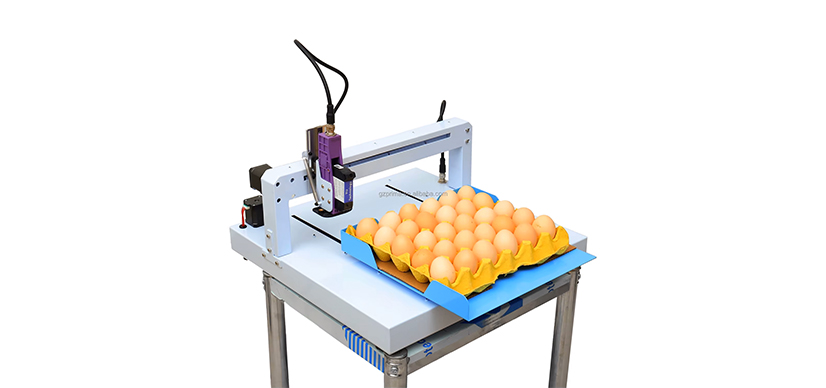
Use Cases for Online Inkjet Printers
Online inkjet printers excel in several scenarios. Businesses with remote teams benefit from cloud printing, allowing employees to submit jobs from various locations without physical file transfers. Home offices gain flexibility, as users can print from laptops, tablets, or smartphones while integrating seamlessly with cloud storage. Creative professionals, including designers and photographers, benefit from high-resolution printing, automatic color calibration, and reliable performance. Small and medium enterprises appreciate reduced maintenance and centralized management, freeing staff to focus on core operations. Industrial and high-volume users use online printers for labels, barcodes, and shipping documents, often integrating with ERP and inventory systems to streamline operations.
Choosing the Right Online Inkjet Printer
Selecting the best online inkjet printer involves evaluating multiple factors. Print volume is critical, as it determines the printer’s capacity and ink requirements. Connectivity options should match the devices and platforms used in daily operations. Cost structures, including subscription services and traditional cartridges, should be compared carefully. Print quality specifications, including DPI, color calibration, and media support, are important for professional outputs. Maintenance and support, security features, and ease of use are additional considerations. Choosing a printer that scales with future needs ensures long-term satisfaction.
|
Feature |
Online Inkjet Printer |
Traditional Inkjet Printer |
Notes |
|
Connectivity |
Cloud, Wi-Fi, remote access |
USB, local network |
Online printer enables multi-location printing |
|
Print Quality |
High DPI, automatic calibration |
High DPI, manual calibration |
Online printer maintains consistent quality over time |
|
Maintenance |
Remote diagnostics, subscription ink |
Manual troubleshooting |
Online printer reduces downtime and labor |
|
Cost |
Higher upfront, predictable ongoing costs |
Lower upfront, variable ongoing costs |
Subscription services can optimize total cost |
|
Multi-user Support |
Excellent, centralized management |
Limited |
Traditional printer may require multiple devices |
|
Accessibility |
Print from anywhere, multiple devices |
Local printing only |
Online printer improves workflow flexibility |
|
Security |
Encrypted connections, authentication |
Local access only |
Online printer requires proper configuration |
|
Print Speed |
Optimized for networked users |
Limited by connection |
Online printer handles large queues efficiently |
FAQ Section
Q1: Can online inkjet printers print without cloud connection?
Yes, most models allow local printing via Wi-Fi or USB, though remote features require internet access.
Q2: Do online printers save money over time?
Reduced maintenance, centralized management, and automatic ink replenishment can lead to long-term savings.
Q3: Are they suitable for photo printing?
Yes. High DPI, color calibration, and media flexibility make online printers ideal for professional photo printing.
Q4: How secure are online inkjet printers?
Most models include encryption and authentication. Proper setup is required to prevent unauthorized access.
Q5: Are subscription ink plans necessary?
Not always. They simplify supply management and reduce downtime but can be optional depending on usage.
Q6: How do online printers handle multiple users?
Centralized software allows administrators to set quotas, track usage, and manage print jobs efficiently.
Q7: What is the lifespan of an online inkjet printer?
Typically 3-5 years, depending on usage and maintenance. Firmware updates and proper care can extend longevity.
Q8: Are they compatible with all operating systems?
Most support modern Windows, macOS, Android, and iOS. Check manufacturer specs for older systems.
Q9: Do they require professional installation?
Many are plug-and-play, but professional installation may optimize performance for complex network setups.
Q10: Which is better for small offices, online or traditional printers?
Traditional printers may suffice for minimal printing needs, but online models provide flexibility, scalability, and efficiency as the team grows.
Conclusion
Online inkjet printers provide a modern, flexible, and efficient approach to printing. Cloud connectivity, remote access, centralized management, and high-quality output make them ideal for businesses, home offices, creative professionals, and high-volume environments. Traditional inkjet printers remain suitable for basic, low-volume, or budget-conscious users. By carefully evaluating features, costs, print quality, and accessibility, users can select the printer that meets both current and future needs. For teams seeking efficiency, scalability, and modern workflow integration, online inkjet printers offer a future-ready solution.


